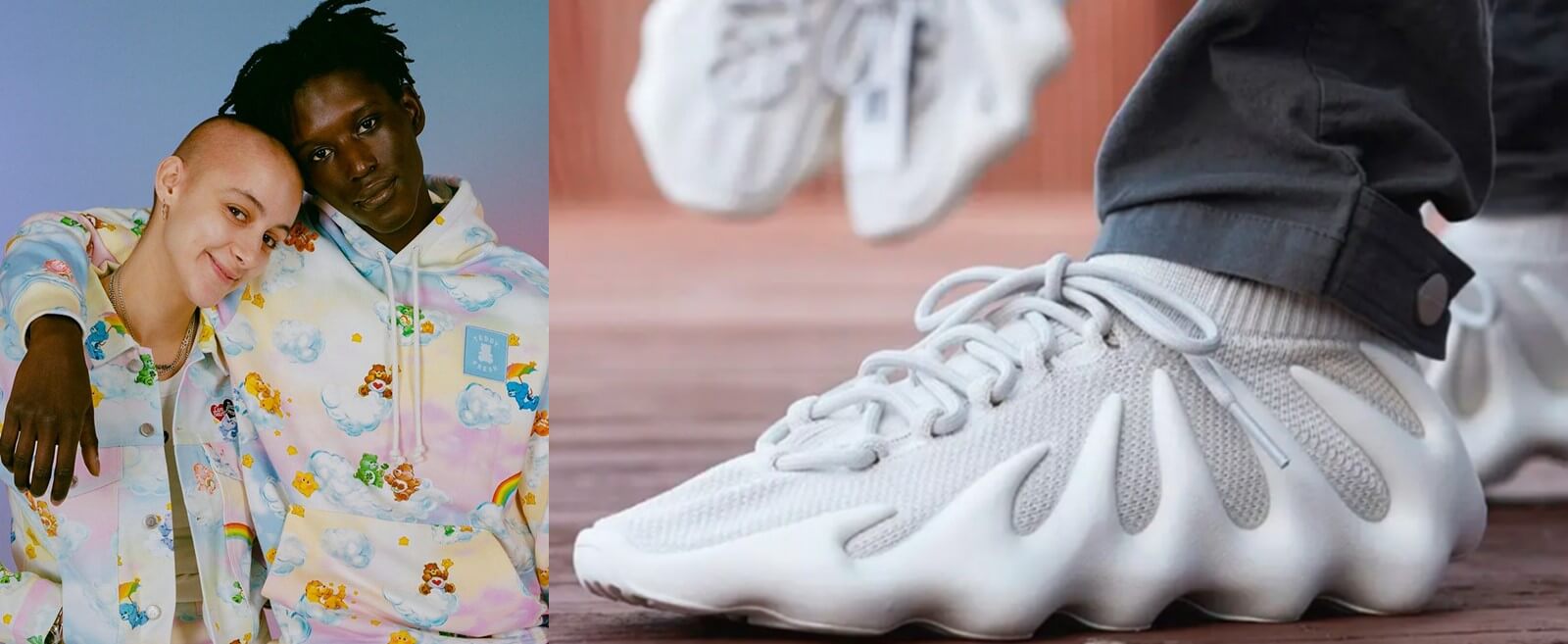“Drops” Migrate From Fashion Into Broad Licensing Market

Made popular as a sales tactic in fashion, “drops” of limited-edition goods have become a mainstay across many product categories to rev up the hype machine and stoke the desires of always-on fans and shoppers, especially during the pandemic.
Supply and demand
As one writer recently noted, it’s a confluence of factors of both sides of the equation. “On the supply side, there’s been a revolution in the means of production. Thanks to the proliferation of print-and-ship-on-demand services like Teespring, Fanjoy, and Crowdmade, merch has never been easier, or cheaper, to make and sell. Couple that with a generation of consumers weaned on social media and conditioned by Supreme, Nike, and YouTube to ‘shop the drop.’”
Last year’s acquisition of Supreme by VF Corp. only emphasized the centrality of the drop strategy. They’re utilized to foster brand excitement and affinity, precious commodities at a time when loyalty is elusive.
It works; 57% of consumers surveyed in February by Pymnts.com reported their affinity for a brand increased as a result of a drop. That number rises to 72% of Gen Z and Millennial shoppers.
Keeping up with the cool kids
Creating demand by limiting quantities is hardly a new tactic. The drop strategy, which can be employed anytime with little warning – only the “cool kids” might even know about it, so there’s some FOMO at work — adds a time element that only heightens the excitement and creates queues outside the store, overworked refresh buttons on browsers, and (many purchasers hope) lucrative secondary markets.
And it’s been adapted into many licensed iterations, such as the drop of a Care Bears line by women’s apparel label By Sammi Ryan, and an online drop of limited edition Droid collectibles that had a very specific time attached: 7am on January 3.
“For brands, [drops are] an opportunity to test new product in the market quickly and to lend their releases an air of exhilaration, stoking the competitive shopping urge that gets many consumers, particularly young ones, foaming at the mouth and bleeding from their wallets,” said the fashion news site Fashionista as the tactic was first gaining steam three years ago.

Some drops are fueled by months, sometimes years, of promotion that builds interest to a fever-pitch. For example, Adidas and rapper Kayne West have been talking about – and leaking interim designs of — the Yeezy 450 Cloud White footwear since 2018. It finally dropped online last Saturday (March 6) at 7am, and was sold out less than a minute later. How many? Who knows? But the initial $200 price has increased to $785 on re-sale.
NTWRK, whose livestream content/limited edition merch app is at the center of “entertainmentizing” online retail, last month launched Unboxed, a two-day designer toy and collectibles festival that featured timed drops of licensed and non-licensed toys and collectibles from more than 30 artists. The festival, which was directed by Japanese artist Masakatsu “Mr” Iwamoto. and curated by designer Kevin Poon, was the most recent in a series of NTWRK “drop” festivals slated to take place throughout this year. It was launched last July with a virtual “Transfer” festival that drew about 240,000 shoppers and 10 million viewers during a two-day run.
Drops and limited editions have long been a mainstay of the sports and entertainment collectibles market. Just this past week, for example, Fanatics launched a limited edition Los Angeles Charger framed Franchise Foundations collage ($63) featuring quarterback Justin Herbert, Keenan Allen and Austin Ekeler combined with a piece of game-used football.
Even automakers are shifting into the drop business. Honda last year introduced the limited edition – 700 were made available in the U.S. (600) and Canada (100)- 2021 Honda Civic Type R. The car went on sale on May 21 and sold out in four minutes.




